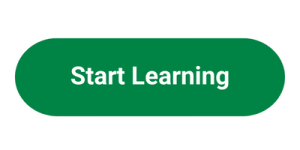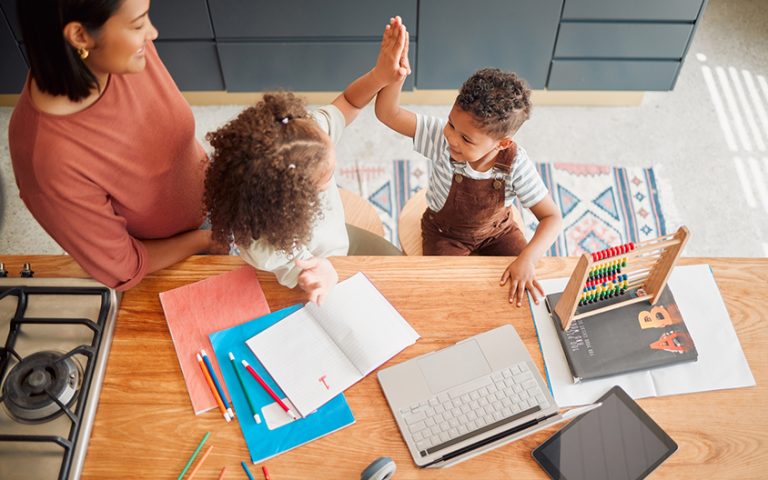Written by Liau Alex
Preparing for reading goes beyond teaching kids to decode words. It involves various skills and mindsets that lay the groundwork for literacy. Reading is a fundamental skill that opens doors to knowledge, imagination, and lifelong learning.
As a parent, nurturing your child’s reading readiness is crucial in laying the foundation for their literacy journey. In this article, we’ll explore the signs of reading readiness and provide practical tips to help you prepare your child for success. Identifying and supporting these early signs can significantly influence a child’s reading progress.
Signs of Reading Readiness
1. Language Development
One of the primary indicators of reading readiness is a child’s language development. As children develop language skills, they become better equipped to understand and engage with written words.
- Vocabulary acquisition: Children who are ready to read typically demonstrate an expanding vocabulary. They start by recognising words they hear often and then gradually learn new ones. Pay attention to your child’s ability to identify and use words in everyday conversations. For instance, if your toddler points to a dog and says “doggie,” they are demonstrating an understanding of language and its connection to the world around them.
- Sentence structure: Besides vocabulary growth, children begin to grasp basic sentence structures. They may string words together to form simple sentences or ask questions to seek information. Keep an eye out for your child’s ability to construct sentences and express themselves coherently. For example, if your preschooler says, “I want to play with the red ball,” they exhibit early language skills essential for reading comprehension.
2. Interest in Books and Stories
Children who are ready to read often exhibit a keen interest in books and stories. They may prefer certain stories or characters and eagerly engage with the illustrations.
- Preference for certain stories: Pay attention to your child’s favourite books and stories. Do they have specific titles they request repeatedly? Are there particular themes or characters that capture their imagination? Identifying these preferences can guide you in selecting reading materials that resonate with your child’s interests.
- Engaging with illustrations: Young children often explore books through illustrations before they can read the text. Notice how your child interacts with pictures in books. Do they point to objects and characters? Do they make connections between the illustrations and the accompanying text? Encouraging this visual literacy is an essential step towards reading readiness.
3. Print Awareness
Print awareness refers to a child’s understanding of the written word and its conventions. It involves recognising letters, words, and the basic rules of reading.
- Recognising Letters and Words: Children who are ready to read may start recognising familiar letters and words in their environment. They may point out letters on signs, labels, or packaging, demonstrating an awareness of print.
- Understanding Directionality: Another aspect of print awareness is understanding the directionality of text. Children learn that we read from left to right and from the top of the page to the bottom. Observe whether your child understands these reading conventions as they engage with books and other written materials.
Strategies to Prepare Your Child for Literacy Success
Now that we’ve explored the signs of reading readiness let’s look at practical strategies to help prepare your child for literacy success.
 1. Read Aloud Regularly
1. Read Aloud Regularly
One of the most effective ways to promote reading readiness is reading aloud to your child regularly.
- Choosing age-appropriate books: Select books suitable for your child’s age and developmental stage. Board books with sturdy pages are ideal for infants and toddlers, while preschoolers may enjoy picture books with simple narratives.
- Encouraging interactive reading: Engage your child in interactive reading by asking questions, making predictions, and discussing the story. Encourage them to point to pictures, identify objects, and retell the story in their own words. This interactive approach fosters comprehension skills and a love for reading.
2. Foster a Print-Rich Environment
Create a print-rich environment at home to immerse your child in written language.
- Label objects around the house: Label everyday objects around the house with their corresponding words. This simple practice helps children make connections between spoken and written language.
- Incorporate reading into daily routines: Read signs, menus, or grocery lists together to incorporate reading into your daily routines. Show your child that reading is a meaningful and enjoyable activity that extends beyond storytime.
3. Encourage Language Development
Promote language development through meaningful interactions and playful activities.
- Engage in conversations: Engage your child in conversations about their day, interests, and experiences. Encourage them to ask questions, express their thoughts, and share stories. These conversations provide valuable opportunities for vocabulary expansion and language development.
- Introduce new words through play: Introduce new words and concepts into playtime to incorporate language-rich activities. Use descriptive language to describe objects, actions, and emotions and encourage your child to do the same. Playful exploration fosters language skills and lays the groundwork for reading comprehension.
4. Utilise Phonological Awareness Activities
Phonological awareness refers to a child’s ability to recognise and manipulate the sounds of language, which is crucial for reading success.
- Rhyming games: Engage your child in rhyming games to develop phonological awareness. Encourage them to identify rhyming words and generate their own rhymes. Rhyming activities help children recognise sound patterns and develop phonemic awareness.
- Segmenting and blending sounds: Practice segmenting and blending sounds with your child to strengthen their phonological skills. Break words into syllables and encourage your child to identify individual sounds. Then, help them blend sounds together to form words. This activity lays the foundation for decoding and reading fluency.
5. Seek Professional Support When Needed
While most children develop reading readiness naturally, some may require additional support.
- Identifying potential challenges: Be mindful of any signs that indicate potential challenges with reading readiness, such as speech delays or difficulty with language development. Early intervention can significantly improve the addressing of these challenges and the promotion of literacy success.
- Consulting educators and specialists: If you have concerns about your child’s reading readiness, don’t hesitate to seek guidance from educators and specialists. They can provide valuable insights and recommendations tailored to your child’s needs.
- Early intervention programmes: Explore early intervention programs and resources designed to support children’s literacy development. These programs offer targeted interventions and support services to help children overcome obstacles and thrive academically.
- Develop an individualised learning plan: Work with educators to develop individualised learning plans that address your child’s unique strengths and challenges. Collaborating with teachers and specialists can create a supportive learning environment that maximises your child’s potential.
Free Education and Development for Early Childhood Course
Do you want to empower your child with essential literacy skills? Look no further than Nurture Pods’ Free Education and Development for Early Childhood course. This online course equips parents and educators with valuable insights into phonics and effective teaching strategies. It delves into the developmental patterns and behaviours young children exhibit, providing a foundation for tailored educational approaches that resonate with each child’s unique learning journey.
Understanding these nuances is crucial for crafting enriching learning experiences that cater to the diverse needs of young learners. Our course also explores the intellectual and cognitive factors underpinning language and literacy development in children, offering a comprehensive understanding of literacy acquisition.
Reading readiness is a critical precursor to literacy success, and as parents, we play a vital role in nurturing this readiness in our children. By recognising the signs of reading readiness and implementing practical strategies, we can empower our children to embark on a lifelong reading and learning journey.
Join us as we navigate the dynamic landscape of literacy education, armed with evidence-based strategies and practical insights. Together, we can foster a nurturing environment where every child thrives and excels in their literacy journey.
Explore more courses by Alex Liau Alex here.
About The Author
Liau Alex obtained his degree in Psychology from the National University of Singapore and specialises in childhood disorders, specifically learning and behavioural difficulties. He has many years of experience working with children exhibiting a wide array of learning and behaviour challenges, many of whom have been diagnosed with autism spectrum disorder (ASD).
As an author, Alex has two titles published by Future Horizons Inc. (USA), the world leader in autism and sensory resources. Schools worldwide have used his books for inclusive education and parent training for children with special needs. Titles under his name include School Shadow Guidelines (2015) and A Parent’s Guide to Early Intervention (2021).
Alex received training on early intensive behavioural intervention (EIBI) in Australia and subsequently went to the USA, where he received relationship development intervention (RDI) training under Dr Steven Gutstein and Dr Rachel Sheely. He has presented in Australia, Houston, and Singapore and has also been invited to participate in media interviews. Furthermore, he has worked with clients from across the globe, including China, Taiwan, Australia, the United Kingdom, and the United States.









